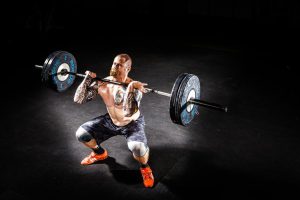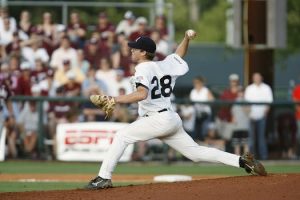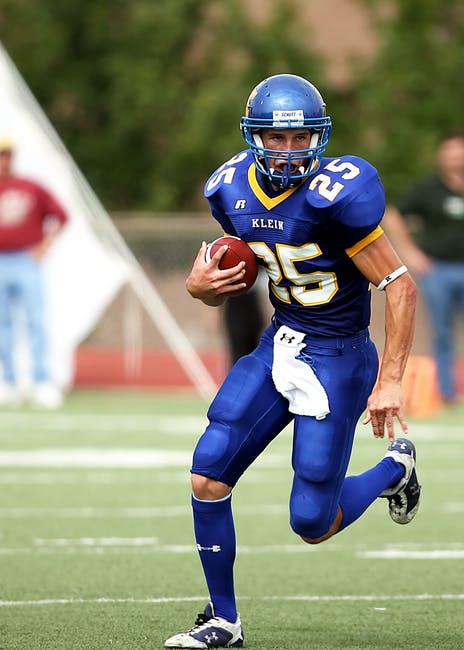The principle of progression says that fitness and sports need to be viewed as a series of steps, each of which builds on what came before. The idea here is that by following this principle, you have athletes with a solid base in terms of skills, athleticism, and fitness. Failing to follow this principle results in some serious gaps in fitness and skills and limits athletic development because of those gaps. It may also contribute to injuries due to weaknesses that did not need to be there.
Let’s take a few example of this. The first example deals with teaching someone the full (i.e. squat version) of the clean. Done right this is an incredibly explosive movement that requires a great deal of strength in the legs and trunk.
Now, to teach this lift you can just jump right into teaching the full clean. That will work for some athletes. But I wanted to share the old school way to do this.
First we begin with squats. I understand that it’s not what the athlete is doing in the full clean, but it teaches athletes how to squat, how to keep their feet on the ground, and strengthens the lower body and trunk. Then we incorporate the front squat and Romanian deadlift. The front squat is very specific to what will happen in the full clean (i.e. receiving the bar in a front squat). The RDL is important because it teaches and strengthens hip extension. These three exercises (back squats, front squats, and RDLs) are used as part of the program consistently to develop strength and reinforce techniques.
The first progression is to teach the power clean (i.e. catch the bar in a quarter squat), with the bar beginning at mid-thigh. This teaches the explosion and catch. Once that is mastered, the bar is moved to knee height for the power clean. This variation teaches pulling the bar in and “brushing” the thighs before beginning the explosion. Once that is mastered, the bar is moved to below the knees for the power clean. This is an important step as it teaches the athlete to move the bar around the knees. Finally, the power clean is taught from the ground.
After all of that, the steps are repeated but now it is for the full clean. How long does this take? Six to twelve months. But, at the end of that time the athlete has a solid foundation in terms of the technique of the lift and they have gotten extremely strong in each of the critical phases of the lift. In addition, now they have a huge number of exercise variations under their belt that they can use to address technical deficiencies in the lift later on.
Let’s look at another example, teaching someone how to pitch in baseball. This is another very complex sports skill, but it still has certain foundational movements that it requires. Before you get into any of that, the athlete needs to know how to grip the ball, how to “aim” with their glove hand, and how to throw the ball. That takes a while to learn.
Then I find it’s best to begin backing up, further and further throws, to learn how to use the legs to help you throw. Incidentally this is also a pitching drill known as the long toss.
Next it’s about teaching the motions. The focus is on teaching the fastball (which is also the regular throwing grip on the ball). The motions are taught from level ground and it’s important to learn the motions and reinforce the rules so that the pitcher doesn’t make a mistake during a game and have a balk.
With that in mind, I teach the pitcher to start with their back foot against the rubber. I teach them how to get the catcher’s sign (even though there is only one pitch for a long time). How to come set. How to lift up the front leg and arms simultaneously. How to stride forward while moving the ball behind the body. Finally, how to deliver the ball and follow through with the arm and the back leg. Again, this takes a long time. We’re not concerned with teaching other pitches until I can see that we can throw the fastball accurately with consistency.
Before we get to other pitches, the prospective pitcher has to know how to play their position defensively, when they cover other bases and home, and also when and how to execute pick offs.
With both our examples, the full clean and pitching, can we rush through everything or skip steps? Absolutely, but it will effect the development of the athletes and at some point will still require us to go back and fix things that the athlete doesn’t know how to do (i.e. we’re going to spend the time addressing all this somewhere).





